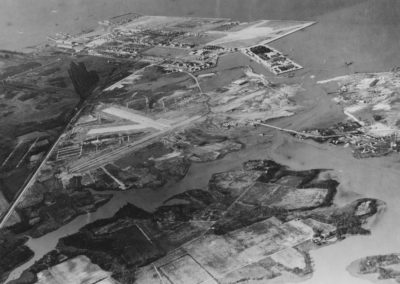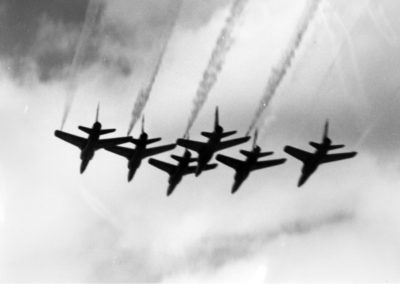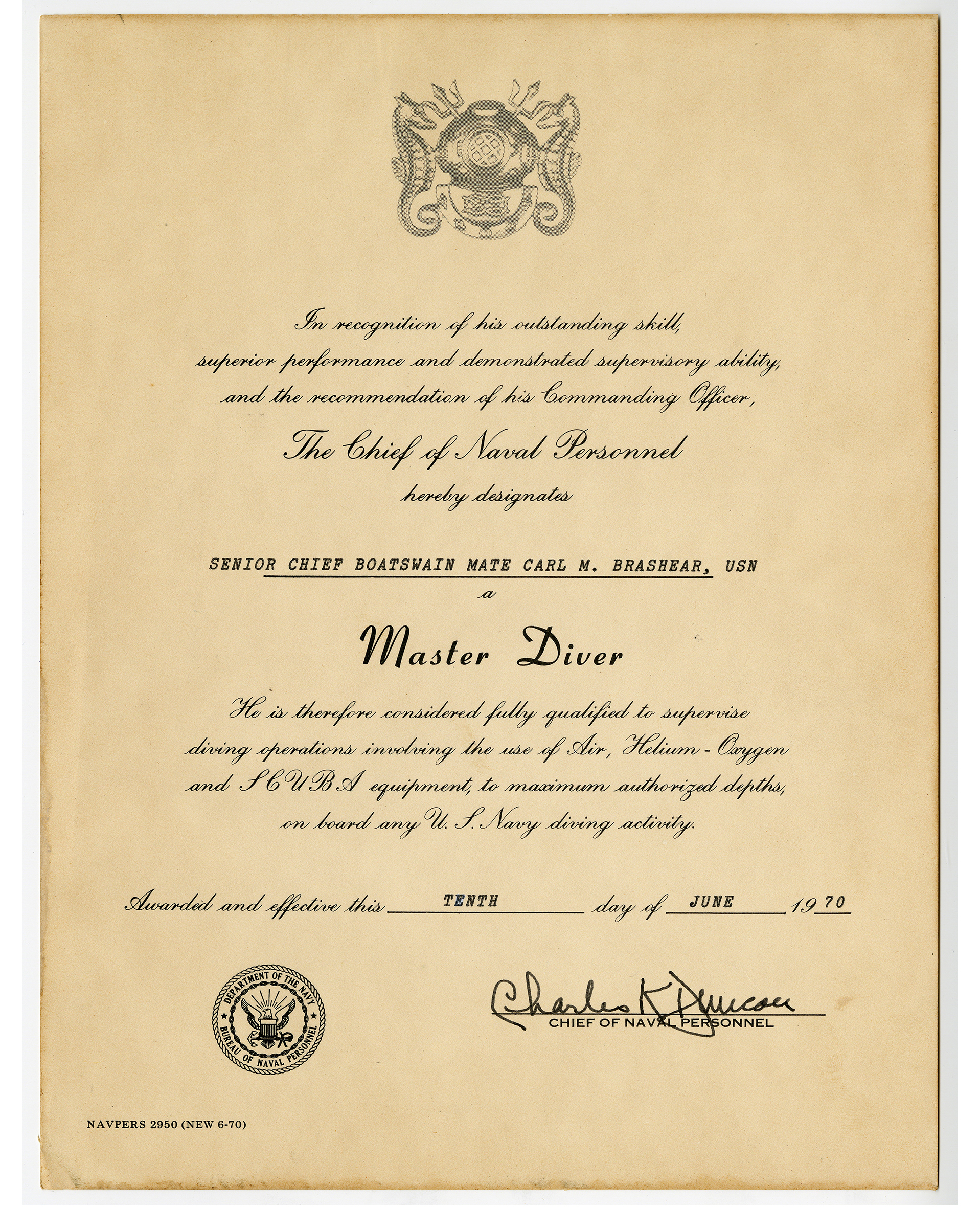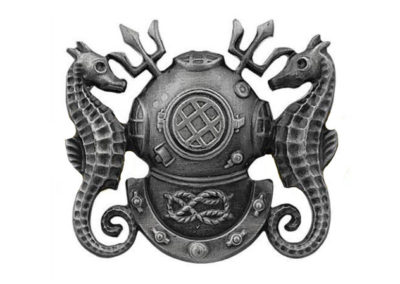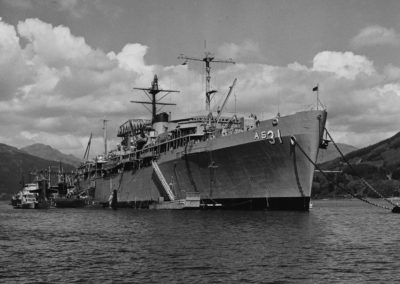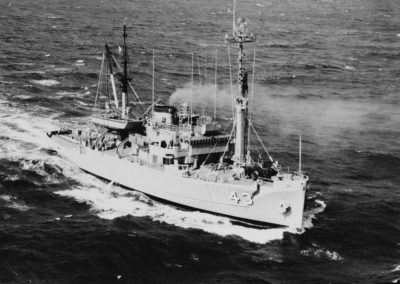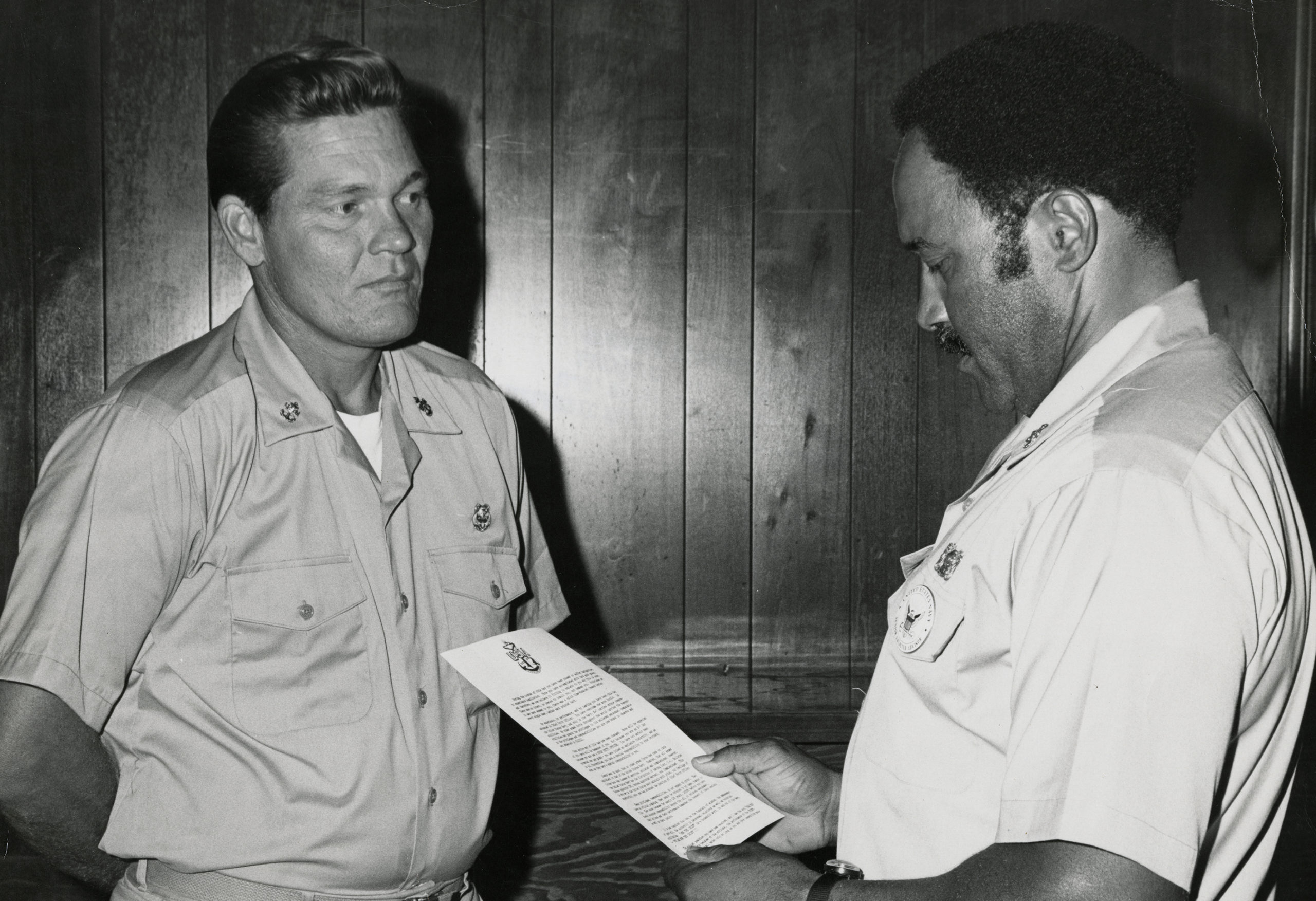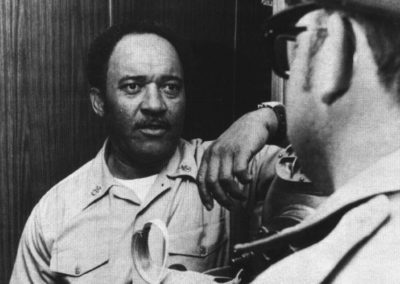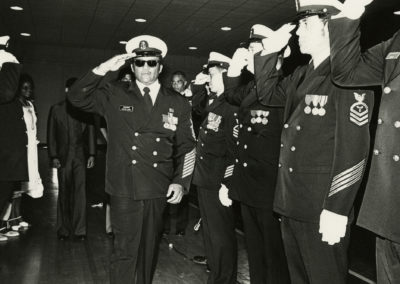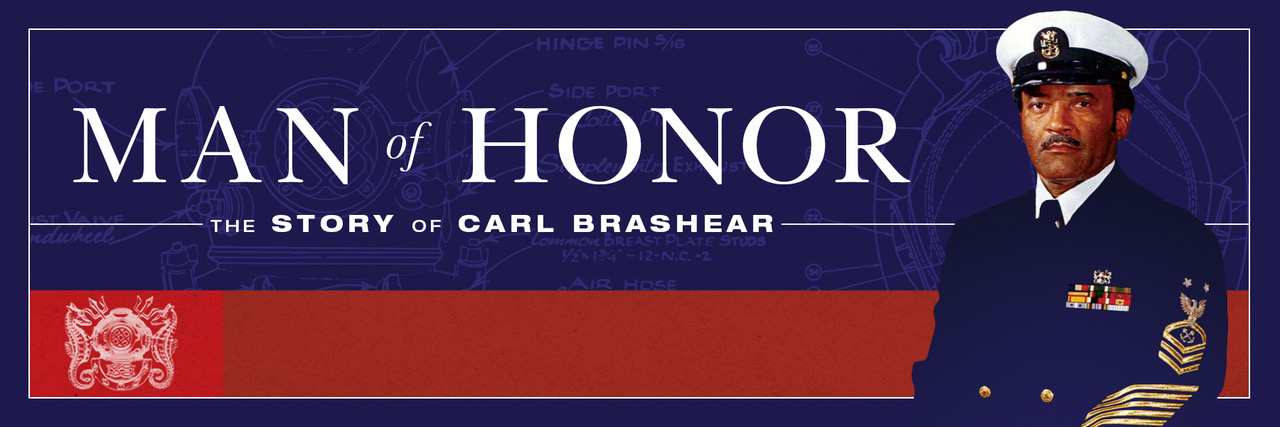
Making Master (1968–1979)
Again a Diver
Carl Brashear eagerly resumed diving in March 1968. His first assignment post-recovery was to Naval Air Station Norfolk as the senior enlisted diver and division officer (filling an officer’s billet). Salvage projects, ship’s husbandry, and administrative paperwork kept him busy.
In another brush with history, he controlled the Navy’s Demonstration Flight Squadron, the Blue Angels, from the water during the commissioning of the aircraft carrier USS John F. Kennedy (CVA 67) in September 1968.
Brashear qualified as a saturation diver in early 1970 after completing training at the Navy Experimental Diving Unit (NEDU). The unit pioneered special decompression tables for saturation divers shortly afterward, using data collected from divers like Brashear.
While at NEDU, Carl Brashear secured the opportunity he had worked 22 years to reach. The Navy had approved his application to take the Master Diver evaluation course.
“We Vote You Master”
In early May 1970, Carl Brashear began his evaluation for master diver. For five weeks, a board of master divers and diving officers ran him through a host of classroom exams, diving drills, and simulated accidents.
The requirements for master diver are extremely difficult for good reason — mistakes can cost lives. A qualified master diver must be able to supervise and direct all types of diving, including treating any diving accidents. He or she is an expert in diving equipment and systems, diving techniques, diving physics, and diving medicine.
During assessments, evaluation boards purposely disrupt master diver candidates to test their focus and calm in an emergency. “One time they came me at me from all angles,” remembered Brashear. “I just told them, ‘Go away, I’ve got to do something to my diver.’ I didn’t even respond to what they were saying, I had to watch my diver.”
The six candidates in Brashear’s class came before the board for their results on June 10, 1970. Carl was called last. The commanding officer praised him for a faultless evaluation, and then announced he had qualified: “We vote you master.”
Carl Brashear had become the first African American Master Diver in the U.S. Navy.
“So [the evaluation board] called me in. They said, ‘Senior Chief Brashear, the master diver’s course does not give marks. Either you make it or you don’t.’ Then the CO said, ‘Let me tell you something. If there was a mark that we’d give, you made the highest mark of any man that ever come through this school to be evaluated for master. You did not make a mistake.’”
Carl Brashear, Master Diver
During the next nine years, Carl Brashear lived his dream of being a master diver through a series of disparate diving assignments.
He dove on submarines for the first time as the master diver and R-7 division officer on USS Hunley (AS 31), a submarine tender. Submarines required near-constant diving, but Brashear found himself missing salvage work and diving at sea.
Happily, he found both in his next tour: four years as the master diver on the salvage ship USS Recovery (ARS 43). Brashear solicited his divers’ input for every diving job, recognizing each one brought unique training and experience. Salvage jobs like raising a sunken helicopter and diving in the flooded engine room of USS Saratoga (CVA 60) embodied the type of diving he loved.
Ashore, he put his diving expertise to work at the Naval Safety Center Norfolk analyzing diving accidents. The intensive job sent him all over the world investigating incidents and making recommendations to prevent recurrences.
By the late 1970s, media outlets caught wind of Carl Brashear’s tragedy-to-triumph story. Newspapers, magazines, and TV stations began running features about him, and Brashear starred in an episode of the TV documentary series “Comeback.”
Closing a Storied Career
As he neared the possibility of retirement, Brashear began abusing alcohol and checked himself into an alcohol rehabilitation program. He threw himself into his treatment with the same tenacity he had applied to his diving career. When treatment counselors expressed reservations about his recovery, he used their doubts to fuel his commitment to sobriety.
Brashear made the decision to retire during his treatment. “I’d wake up some mornings and I would be so afraid, butterflies in my stomach, just afraid,” he later admitted. “It was frightening, knowing that I grew up in the Navy from the time I was 17 years old. Now I was 48 years old and had to face that outside world.”
On April 1, 1979, Master Chief Carl Brashear retired from the Navy before a large crowd of shipmates, family, and friends. The ceremony, originally planned for USS Hoist where Brashear injured his leg, had to be moved to the base gymnasium because the audience grew so large. The celebration was a fitting end to Brashear’s 31-year Navy career.
“I can honestly say that I reached my goal in the Navy. It was an exciting career, it was a rewarding career, but then it wasn’t a bed of roses either. I had my ups and downs in the Navy, but I would do it over if I could. I enjoyed the excitement of being a deep-sea diver. I think the Navy was the best place for me to grow up and find myself.”

